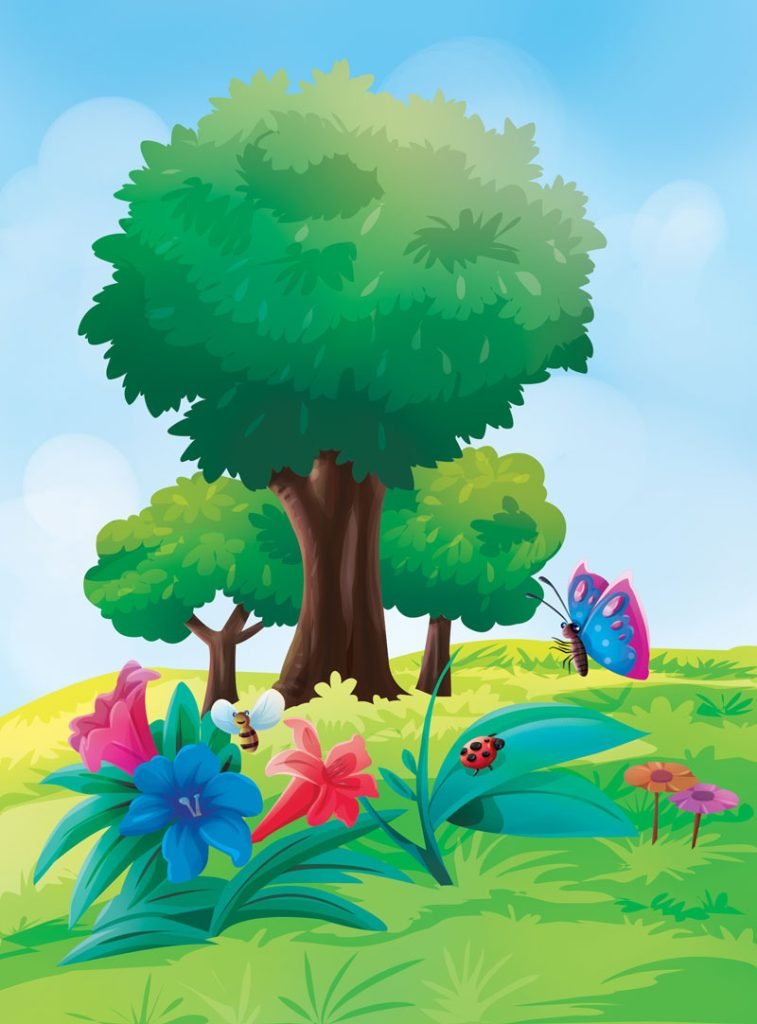Plants reproduce by a continual cycle of pollination, fertilization, germination, growth and reproduction. Most plants make seeds in order to keep their species going. Some plants put stickers on their seeds to make them stick to animals and humans. The flower is the reproductive organ of a flowering plant. Many seed plants form seeds inside flowers. For reproduction to take place, pollen grains from the male stamen must be carried to the female part of the flower, the pistil. Two ways that flowers are pollinated by insects and by the wind. The insects like the bright petals and the sweet smell of the flowers. They land on the flowers to drink a liquid called nectar. When bees touch the stamen, pollen sticks to the bees. When the bees move around the flower, pollen is transferred to the pistil. Pollination leads to the making of one or more seeds in a flower. When seeds settle, have enough water, and have enough space to grow, they start to germinate. Once the seedling starts to grow out of the seed, it also grows roots. It then is a young plant, and continues to grow.
How do Plants Reproduce?


